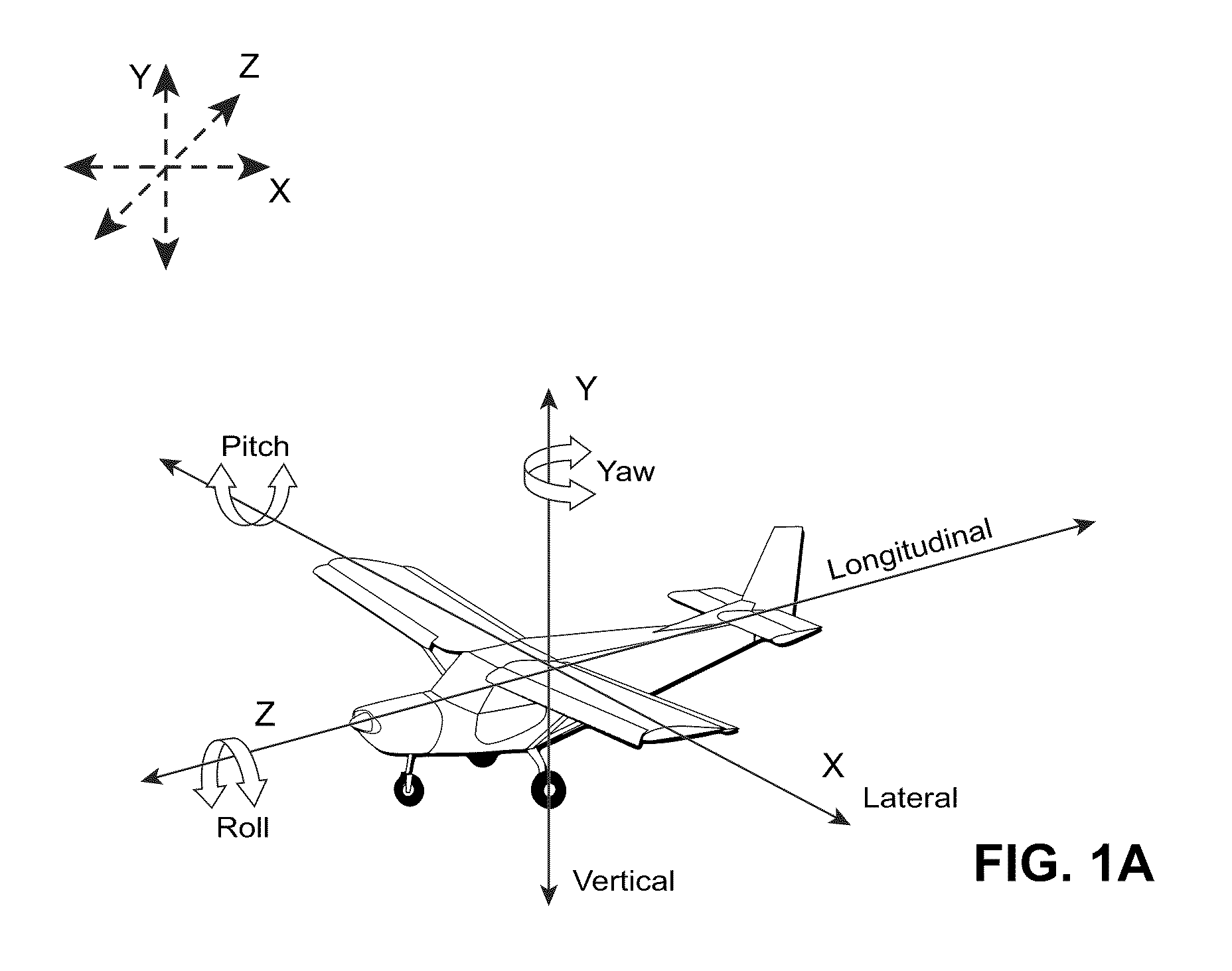Spatially-correlated multi-display human-machine interface
- Summary
- Abstract
- Description
- Claims
- Application Information
AI Technical Summary
Benefits of technology
Problems solved by technology
Method used
Image
Examples
Embodiment Construction
[0040]FIG. 1 shows an example non-limiting system S that provides a spatially-immersive interactive multi-display human-machine interface. Example non-limiting system S includes two display devices SD, MD, one movable (e.g., hand-holdable) and one stationary. The movable display MD in the example implementation is physically movable in free space during use, whereas the stationary display SD is relatively physically stationary in space during use. Of course, stationary displays SD such as home televisions can be moved from one place to another, but are generally not moved (or not moved much) during use. The relatively fixed position of stationary display SD provides physical correlation of the physical stationary display SD versus the movable display MD. Thus, “stationary” does not necessarily mean absolute immobility, but can encompass displays that are not generally moved (or not moved much) during use. In other non-limiting implementations, the stationary display SD can also be m...
PUM
 Login to View More
Login to View More Abstract
Description
Claims
Application Information
 Login to View More
Login to View More - R&D
- Intellectual Property
- Life Sciences
- Materials
- Tech Scout
- Unparalleled Data Quality
- Higher Quality Content
- 60% Fewer Hallucinations
Browse by: Latest US Patents, China's latest patents, Technical Efficacy Thesaurus, Application Domain, Technology Topic, Popular Technical Reports.
© 2025 PatSnap. All rights reserved.Legal|Privacy policy|Modern Slavery Act Transparency Statement|Sitemap|About US| Contact US: help@patsnap.com



